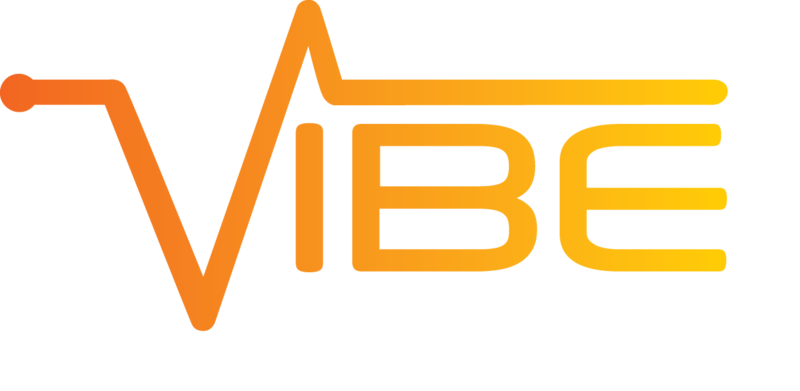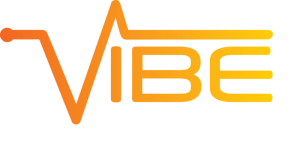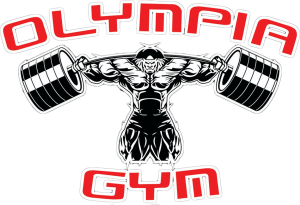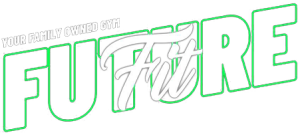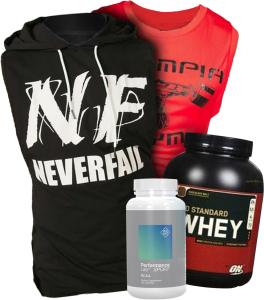Recovery is the Workout: Why Rest is Your Secret Weapon to Progress

Have you ever heard the phrase “You don’t grow during the workout, you grow after it,” and laughed at it?
Well, recovery is a truth that most fitness enthusiasts overlook in the hustle of chasing gains. We are wired to believe that the more we train, the faster we’ll progress. While it may seem more believable, the truth is that without proper recovery, you might be doing yourself more harm than good.
It is the absolute truth that muscles do not build in the gym; they build when you rest. Your body needs time to repair, recharge, and adapt to the stress you’ve put it through. Skipping recovery can lead to burnout, injury, and frustrating plateaus that make you feel stuck no matter how hard you push.
In this blog, we will talk about the power of recovery with scientific evidences so that you never skip rest days again. You’ll see what a game changer it can be for your fitness routines!
What Is Recovery in Fitness?
Recovery in fitness is when the body repairs and restores itself after physical exertion. It happens on a physical, neurological, and hormonal level.
When you work out, you break your body down on a microscopic level. Its when you give your body rest that it is able to rebuild to make you stronger.
There are several forms of recovery:
- Passive recovery involves complete rest, like sleep or full rest days, allowing the body to restore muscle tissue and regulate hormones such as growth hormone and testosterone (Kellmann, 2002).
- Active recovery includes low-intensity activities like walking, yoga, or light cycling, which can help reduce muscle soreness by enhancing blood flow (Tufano et al., J Strength Cond Res, 2012).
- Nutritional recovery focuses on replenishing glycogen stores and repairing muscle via proteins and carbohydrates, proven to enhance recovery time (Ivy, 2004).
How Does Recovery Work
Recovery is a scientific process and in order to prioritise recovery, it is essential to understand how it actually works.
When you lift weights or push through a high-intensity workout, you’re actually creating tiny micro-tears in your muscle fibers. This might sound alarming, but it’s a natural and necessary part of muscle growth. The actual progress happens when you rest because this is the time when your body gets to work repairing those tears through muscle protein synthesis. This is supported by hormones like testosterone and human growth hormone (HGH).
During rest and sleep, these hormones peak, rebuilding stronger muscle tissue and replenishing energy stores. Skipping recovery interferes with this process, leading to overtraining syndrome, fatigue, decreased performance, hormonal imbalance, and a higher risk of injury.
On the flip side, prioritising recovery improves strength gains, mental focus, workout consistency, and long-term progress, all while keeping your body healthy and injury-free.
Key Elements of an Effective Recovery Routine

While you might now be thinking that recovery is all about taking a day off from the gym and resting at home, recovery involves a bit more than that. It involves a strategic mix of physical and mental restoration. Here are the key elements of recovery:
1. Sleep
Getting proper sleep in recovery is the best gift you can give to your body. Aim for 7-9 hours of quality sleep every night. This is when your body releases growth hormone, repairs muscle tissue, and balances cortisol levels. So, just lying in bed and scrolling through the blue light is not part of the rest recipe. Make sure you are not falling victim to sleep debt because it causes inflammation, sluggish performance, and slower recovery.
2. Nutrition
Someone who goes to the gym is pretty aware of the importance of nutrition to build muscle but it is equally vital for recovery. Add ample protein and carbs for muscle repair and replenishing glycogen stores. Micronutrients like magnesium, potassium, and omega-3s are not to be missed. They relax muscles, prevent cramps, and reduce inflammation.
3. Hydration
The biggest nemesis of your recovery is dehydration. Staying hydrated during recovery periods at all times helps flush our lactic acid, support cellular repair, and maintain muscle function.
4. Mobility & Stretching
Just because you are resting doesn’t mean you can’t do a bit of yoga or stretching. In fact, it is beneficial for your muscles. Incorporate foam rolling, dynamic warm-ups, and yoga to ease muscle tension and increase flexibility.
Mental Recovery
We all know physical recovery is imperative by now, but mental recovery should never be neglected. Stress management, deep breathing, and even 10 minutes of meditation can lower cortisol and promote faster physical recovery.
Recovery Tools & Trends

Today’s recovery game is smarter than ever. With all the tech and science-backed recovery tools, you can optimise every rest day more effectively. Devices like the Whoop Strap, Oura Ring, and HRV trackers offer real-time insights into your sleep quality, stress levels, and recovery readiness so you know when to push and when to pause.
Physical recovery tools are also making waves. Cryotherapy and ice baths reduce inflammation and muscle soreness post-training. Infrared saunas promote deep relaxation and detoxification. For targeted relief, percussion massage guns like Theragun break up tight muscles, while compression boots boost circulation and speed up recovery.
But here’s the truth, no gadget or gadget-like session can replace the fundamentals. These tools are great extras, not essentials. Sleep, hydration, good nutrition, and active recovery will always remain the cornerstones of real progress. Remember, use tech to support your recovery, not substitute it.
How to Build Recovery into Your Weekly Training
Building recovery routine into your week is all about incorporating it smartly and efficiently. A balanced weekly split might look like this:
- 3 intense training days
- 2 active recovery days (think yoga or light cardio)
- 2 full rest days.
- This approach keeps your body primed for progress without pushing it to the edge.
Learn to listen to your body. Feeling unusually sore, sluggish, irritable, or sleeping poorly? Those are all signs your body needs a break. Tools like HRV tracking can also indicate when recovery is needed.
Don’t forget periodization; programming regular deload weeks (with reduced volume or intensity) helps prevent burnout and keep gains consistent.
To stay on track, use journaling or wearables to monitor your mood, appetite, sleep quality, and muscle soreness. These little habits create big awareness and that’s the key to long-term results.
Conclusion
Recovery is a powerful strategy for becoming stronger, faster, and more resilient. From deep sleep and proper nutrition to stretching and mindfulness, every recovery choice you make sets the foundation for your next breakthrough. If you’re constantly sore, tired, or stuck in a plateau, it’s time to ask: Are you under-recovering?
Start treating recovery as an essential part of your training not a bonus. Your body will thank you with better performance, fewer injuries, and long-term progress you can actually sustain.
References
- Kraemer, W. J., Ratamess, N. A., & Nindl, B. C. (2017). Recovery responses of testosterone, growth hormone, and IGF-1 after resistance exercise. Journal of Applied Physiology.
- Hemangi, P., Pradeep, V., Kumar, D., & Levin, D. (2024). The Impact of Inadequate Sleep on Overtraining Syndrome in 18-22-Year-Old Male and Female College Athletes: A Literature Review. Cureus, 16(3).
- Spiering, B. A., Clark, B. C., Schoenfeld, B. J., Foulis, S. A., & Pasiakos, S. M. (2023). Maximizing strength: The stimuli and mediators of strength gains and their application to training and rehabilitation. The Journal of Strength & Conditioning Research, 37(4), 919-929.
- Rountree, S. (2024). The Athlete’s Guide to Recovery: Rest, Relax, and Restore for Peak Performance. Rowman & Littlefield.
